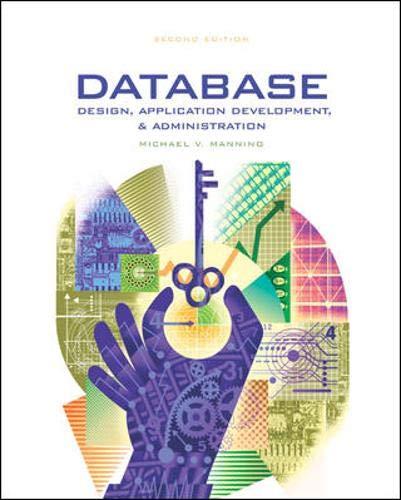Question
Flipped learning as it is known today traces its history largely to Jon Begmann and Aaron Sams. Instructors at Woodland Park High School, the two
Flipped learning as it is known today traces its history largely to Jon Begmann and Aaron Sams. Instructors at Woodland Park High School, the two men were science instructors who slowly developed a working partnership and then friendship. Unfortunately, they were also presented with a conundrum. Both Bergmann and Sams recognized that they were in the unenviable position of having to teach in a rural setting.
The fact that their school was in a rural location wasnt a problem in itself. Rather, students were involved in a lot of outside school activities that took their attention away from their schooling. Even when students were in school, they were involved in extracurricular activities that drew their attention away from their classes. Since the school was so remotely located, students had to take long trips to their activities, which meant they often had to leave classes early.
This situation presented Bergmann and Sams with a problem. How could they continue effectively deliver their lessons to students? In an interview with The Journal, Bergmann said that the duo began to solve their problem when they found software that allowed them to record their lectures. They then came up with the idea of stopping lectures in the class. Instead, they simply prerecorded all their lectures so that students could view them later.
Flipped classrooms also helped students who fell behind in their courses. Bergmann and Sams realized that struggling students often became passive in the classroom while students who grasped the material more easily tended to ask questions. This led to a circular pattern in which the brightest students became the most engaged students while struggling students became the most passive. However, the flipped classroom moves lecturers outside of the class and places the majority of work in the class, with teachers acting as guides. This allows a teacher to spend more time monitoring students and identifying those who were struggling with their materials.
Flipped classrooms ask teachers to shift the culture to a student-based on in which students are more active in their own learning process.
Shifting to a student-centered culture requires teachers to intentionally plan the content they will cover in classes versus what students will explore independently. Teachers need to revise their lectures to determine what needs to be recorded for students to watch. During this process, they need to eliminate materials that would best be left to practice in the classroom. This pillar of improving content to optimize whats best left for lectures versus whats left for classwork is critical to flipped learning.
Flipped classrooms work because they give students the chance to do more work under the guidance of an instructor. Meanwhile, the most passive aspect of the class the lecture is delivered online. If students are going to be passive during a lecture, then online delivery at least gives them some control over the lecture. Students can easily move to previous parts of the lecture and review information they may have missed or not have understood completely. Through self-pacing, students can exert greater control over how they digest a lesson. Flipping the classroom ensures that students will do their actual work with the support of a teacher while granting them greater control over the lecture aspect of the class.
In essence, the flipped classroom is a form of blended learning. However, it is designed to specifically place lectures outside the classroom and shift the majority of work into the classroom. This allows students to self-pace their learning and receive greater in-class support from their teachers.
Questions: Consider what technology is needed for a flipped classroom. Given the access most teens seem to have, do you agree? The question is, could the flipped classroom model be successful in an economically deprived district? Why or why not? How could someone in an economically deprived area get access, or could he/she? How valid is the assumption?
Step by Step Solution
There are 3 Steps involved in it
Step: 1

Get Instant Access to Expert-Tailored Solutions
See step-by-step solutions with expert insights and AI powered tools for academic success
Step: 2

Step: 3

Ace Your Homework with AI
Get the answers you need in no time with our AI-driven, step-by-step assistance
Get Started


